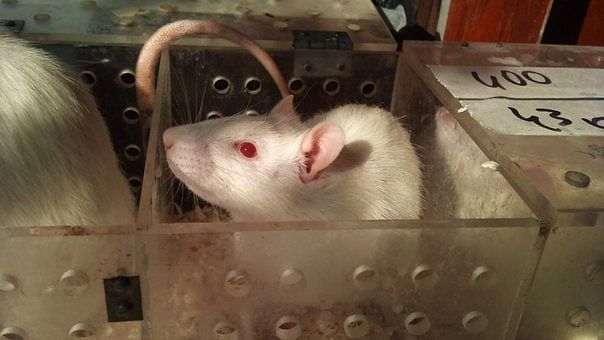A new breakthrough in understanding rodent memory, published in Current Biology, promises to aid the pursuit of treatments for neurodegenerative diseases.
Bengaluru: Lost your keys somewhere in the house? The rats on your property can probably help you trace them.
A breakthrough in understanding rat memory, published in Current Biology, promises to aid the pursuit of treatments for neurodegenerative diseases like Alzheimer’s, which leaves millions helpless in old age in the absence of a cure or sure-shot prevention.
Neuroscientists at Indiana University, US, have managed to demonstrate episodic memory playback in rats, that is, the ability to remember consecutive, unique events in the order in which they occurred.
Episodic memories are bursts of sequential memories: If we suddenly realise we can’t find our wallets, we try to retrace our steps by remembering the last time we saw our wallet and then recalling all the places we went to afterwards, in order, to determine where we may have left it.
Remembering events in their chronological order is a capability that decreases as we age and is drastically compromised in Alzheimer’s patients.
The study
In order to better understand how memory works in rodents, the Indiana University team spent nearly a year working with 13 rats in their lab at the institute’s neuroscience department.
As part of the experiment, the rats were trained to remember five to 12 scents in a sequence, and were then rewarded for identifying the second- and fourth-last smells.
The experiment was conducted outside mazes, in open enclosures called arenas dotted with “food holes”, which held cups of scented oil or spices covered with lids in a sequential order. Through subsequent experiments, the number of smells and their order were kept unpredictable.
To begin with, the rats were exposed to the scents in an arena one by one. The rats could not predict when the list would end. Then, they were transferred to a different arena and presented with two smells. One was either the fourth-last or the second-last smell from the earlier line-up, and the other a decoy or ‘foil’ odour from a different position in the list. The rats were then expected to identify the scent that held either the second- or fourth-last position in the earlier line-up.
After some training, which involved rewards for correct choices made on the first go, the rats started making their way directly to the scent they correlated with the one they were expected to identify, and not the foil odour. The team had a success rate of nearly 87 per cent.
“We provided the rats with the opportunity to learn via trial and error that a particular arena with distinctive features was the location that prompted searching,” Jonathon D. Crystal, director of neuroscience at Indian University and one of the study’s authors, told ThePrint. “The animals were able to learn to report via their behaviour which item occupied which ordinal position.”
The scientists concluded that to identify scents from the two ordinal positions, the rats would have had to remember the order in which they smelled the scents.
Precautions were taken to dodge factors that could have distorted the findings: The lids of the scent cups were changed after each experiment to prevent marking by the rats so they don’t recognise their own previous contact, and it was ensured that the rats weren’t attracted to the scent of a reward (a piece of chocolate).
The scientists were also able to confirm that the different sequences the rats memorised stayed in their memory for over an hour, and that these memories were not distorted by new smells.
A breakthrough for Alzheimer’s?
The part of the brain that plays a big role in forming and recalling memories is the hippocampus. This region of the rats’ brains was monitored, and the team found that when they suppressed hippocampal activity through a drug, the rats had trouble executing their task correctly.
It was long believed that episodic memory, the kind worst affected by Alzheimer’s, was unique to humans, but the fact that rats demonstrate this meant that their ancestors could as well. Humans and rats shared a common ancestor about 66 million years ago, when dinosaurs had just died out and mammals could finally flourish, and the study opens a new window to look at the evolution of the mammalian brain.
Most importantly, though, it opens a new path in research on Alzheimer’s. “Alzheimer’s disease involves a profound impairment in episodic memory,” said Crystal. “So we have developed a number of assays that tap into episodic memory using rats.”
With the new study now revealing a fresh avenue to study episodic memory, follow-up research the world over may help foster a deeper understanding of the disease, its detection and treatment. India has a growing elderly population, and more than a million citizens are estimated to suffer from Alzheimer’s.



